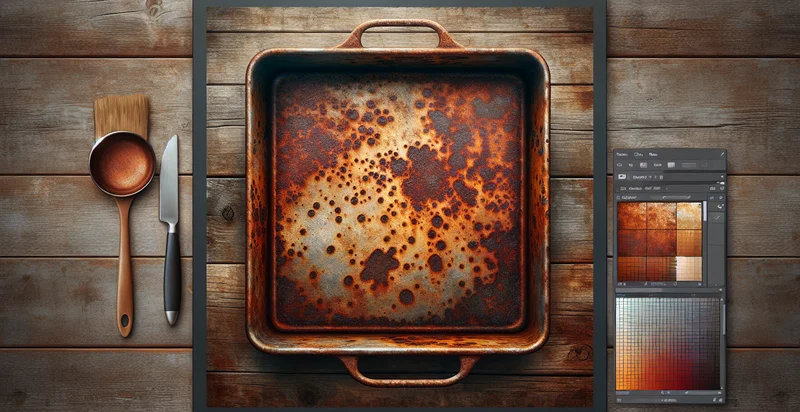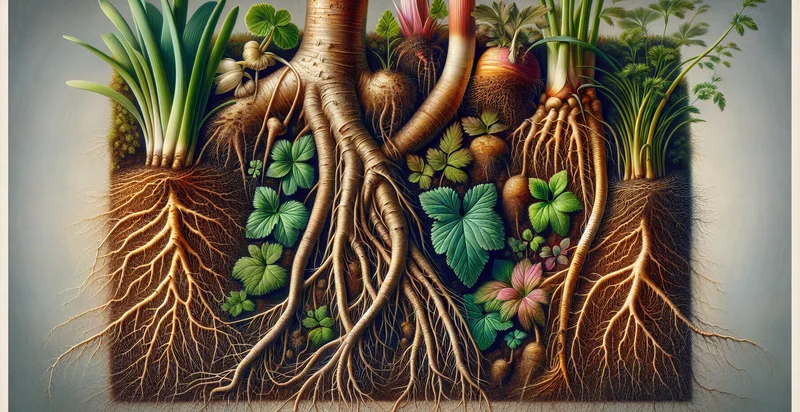Identify mud pan type
using AI
Below is a free classifier to identify mud pan type. Just upload your image, and our AI will predict the type of mud pan present - in just seconds.

Contact us for API access
Or, use Nyckel to build highly-accurate custom classifiers in just minutes. No PhD required.
Get started
import nyckel
credentials = nyckel.Credentials("YOUR_CLIENT_ID", "YOUR_CLIENT_SECRET")
nyckel.invoke("mud-pan-type", "your_image_url", credentials)
fetch('https://www.nyckel.com/v1/functions/mud-pan-type/invoke', {
method: 'POST',
headers: {
'Authorization': 'Bearer ' + 'YOUR_BEARER_TOKEN',
'Content-Type': 'application/json',
},
body: JSON.stringify(
{"data": "your_image_url"}
)
})
.then(response => response.json())
.then(data => console.log(data));
curl -X POST \
-H "Content-Type: application/json" \
-H "Authorization: Bearer YOUR_BEARER_TOKEN" \
-d '{"data": "your_image_url"}' \
https://www.nyckel.com/v1/functions/mud-pan-type/invoke
How this classifier works
To start, upload your image. Our AI tool will then predict the type of mud pan present.
This pretrained image model uses a Nyckel-created dataset and has 17 labels, including Aluminum, Bamboo, Carbon Steel, Cast Iron, Ceramic, Composite, Enamel, Fiberglass, Glass and Non-Stick.
We'll also show a confidence score (the higher the number, the more confident the AI model is around the type of mud pan present).
Whether you're just curious or building mud pan type detection into your application, we hope our classifier proves helpful.
Related Classifiers
Need to identify mud pan type at scale?
Get API or Zapier access to this classifier for free. It's perfect for:
- Soil Health Assessment: The mud pan type identifier can be used by agricultural consultants to assess soil health. By identifying the presence of mud pans, farmers can be informed about water retention issues and soil compaction, leading to better crop management practices.
- Land Use Planning: Urban planners can utilize the mud pan type identifier for effective land use planning. Understanding soil characteristics, including stable mud pans, helps in making informed decisions regarding construction and landscaping projects, minimizing risks of waterlogging.
- Environmental Research: Researchers focused on environmental studies can employ the identifier to monitor soil conditions in different ecosystems. By analyzing mud pan formation, they can draw conclusions about water flow, drainage patterns, and overall ecosystem health.
- Construction Engineering: Civil engineers can incorporate the mud pan type identifier in site assessments before initiating construction projects. Recognizing areas with mud pans can guide them to implement appropriate foundation designs and drainage solutions, reducing the risk of structural damage.
- Rehabilitation of Degraded Lands: Land reclamation specialists can use the identifier to assess areas needing rehabilitation. Identifying mud pans can help in strategizing interventions that improve soil permeability and restore land productivity for agricultural or ecological uses.
- Irrigation Management: Farmers can leverage the mud pan type identifier to optimize their irrigation practices. By understanding the soil’s moisture retention capabilities associated with mud pans, they can adjust their irrigation schedules to prevent overwatering and improve crop yields.
- Hydrology Studies: Hydrologists can incorporate the mud pan type identifier to analyze watershed behavior. By knowing the locations and effects of mud pans on water movement, they can model flood risks and develop sustainable water management practices.


